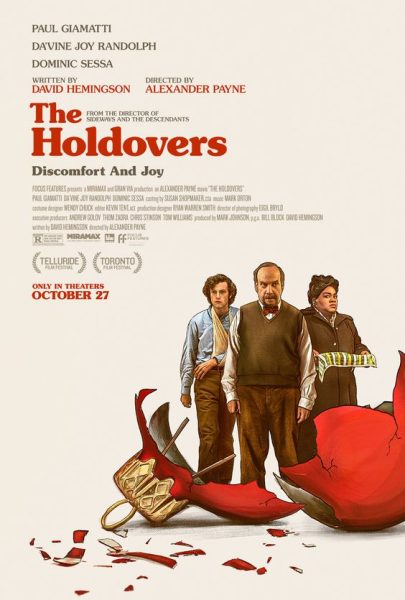Where the Crawdads Sing marvelously weaves love and murder together

More stories from Alysse Calabio
The poster for the movie with Kyra in the center above the marsh
Love and murder are topics that don’t feel as if they should go together, but at the same time, they do. Romance is full of beautifully cheesy cliches. Murder is dark and hateful. Even with these differences, they both find common ground in their messy, sudden nature. They string all those involved into an entangled web of chaos and heartache; it’s a feeling movies, at times, struggle to encapsulate, and yet Where the Crawdads Sing captures it phenomenally.
The movie leaves a lasting impression on the viewer with the first scene alone. The town’s beloved star quarterback, Chase Andrews (Harris Dickinson), is found dead. The first responders scanned everywhere for evidence of what could have occurred moments before his death. No matter how hard the police searched, they found nothing to point out that anyone was there—not even footprints. Nevertheless, they all had one guess as to who it was: Kya Clark (Daisy Edgar-Jones).
Soon after, Kya is placed into custody as she is the main suspect in Chase’s murder, and so Tom Milton (David Strathairn) is assigned to be her lawyer. Kya is the woman everyone in town had turned their backs on and deemed an outcast—so much so that they referred to her as Marsh Girl. Therefore, to adequately defend Kya, Tom needed to understand Kya’s story. Eventually, Kya opens up to Tom revealing a life of sequestration, exile, and love.
Her home seemed to essentially juxtapose Kya’s treacherous life with the beauty surrounding it
Where the Crawdads Sing is a book adaptation of Delia Owen’s novel. The issue with book adaptation movies is that the books have too many details to fit into a limited time frame. As a result, the film’s pace is all over the place; some moments in the film move quickly and throw a lot of information at the watcher, and other moments seem to drag on forever, and you learn nothing. However, in the case of Where the Crawdads Sing, when a lot of information is given to the viewer it seems natural rather than another way to expediently throw copious amounts of information at the watcher.
At the beginning of the movie, we learn the reason why the townspeople call Kya the Marsh Girl; it is because, as her name implies, she lives in the marsh. Every scene where we saw the marsh that Kya called home had an almost ethereal look. Her home seemed to essentially juxtapose Kya’s treacherous life with the beauty surrounding it.
Even though the film’s scenery may be warm and welcoming, the topics that the movie delves into are quite the contrary. From the beginning, the viewers become aware of the harrowing home life that Kya had to deal with for much of her adolescence. Rather than making her home life seem as if it were some quirky situation that she had survived—rather than romanticizing it—the film shows her home life as it is: traumatic and detrimental.
Where the Crawdads Sings stunningly illustrates love as how it is: a complicated thing. It can lead to happily ever afters with hearts and roses or it can lead to death walking straight to your front door. With Where the Crawdads Sings, it beautifully shows how love may just lead to both.

Alysse Calabio is going on to her second and final year on The Central Trend. If there's anything she loves more than the world, it would be experiencing...































































































Angel Gonzalez • Nov 21, 2022 at 5:38 pm
The review was great. Seems like this adaptation was just like the Straight Out Compton Movie. Shotgunnig information hoping it will Straightforward at list one shot for ots views to keep them interested. You review on this movie was great.